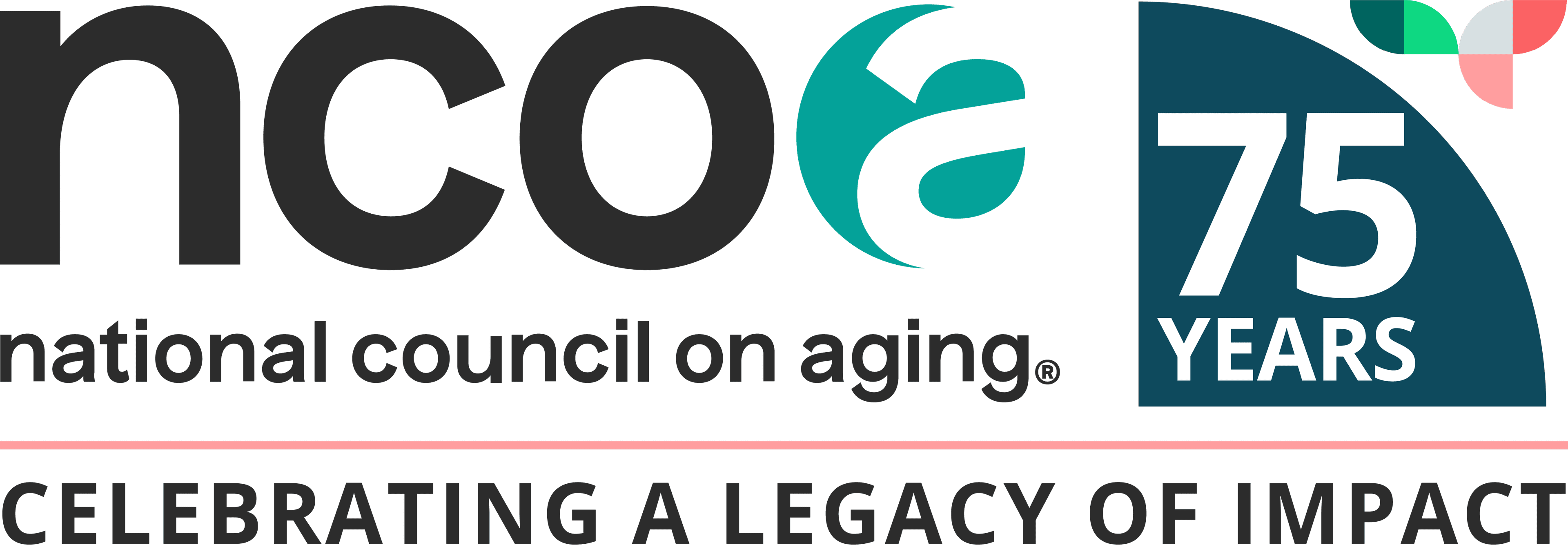
The Trump administration's proposed fiscal year 2026 (FY26) budget request for the U.S. Department of Health and Human Services (HHS) would significantly cut or eliminate key programs under the Older Americans Act.
The proposal provides more insight into the restructuring of HHS announced in late March that included this provision:
Reorganization of the Administration for Community Living (ACL): Critical programs that support older adults and people with disabilities will be integrated into other HHS agencies, including the Administration for Children and Families (ACF), ASPE, and the Centers for Medicare and Medicaid Services (CMS). This reorganization will not impact Medicare and Medicaid services.
The FY26 budget proposal details how this reorganization would take place and the effects on Older Americans Act (OAA) and other aging services. Under the plan, ACL, the Administration on Aging, and the Administration on Disability would be dissolved, and their programs would be moved to other HHS agencies—if their funding is continued.
What’s in the FY26 HHS budget proposal?
Here is a snapshot of what the administration has proposed for the HHS budget next year:
- Congregate Nutrition, Home-Delivered Nutrition, and Nutrition Services Incentive Program: Moved to the Administration for Children and Families (ACF) and level-funded.
- Supportive Services and Senior Centers, National Family Caregiver Support Program, Native American Nutrition and Supportive Services, and Native American Caregivers Support: Moved to the Centers for Medicare and Medicaid Services (CMS) and level-funded.
- Health Promotion and Disease Prevention (Preventive Health): Moved to CMS and funding eliminated.
- Falls Prevention, Chronic Disease Self-Management Education (CDSME), and Alzheimer’s Disease Initiative: Moved to CMS, but the Prevention and Public Health Fund (PPHF) would be eliminated, along with additional appropriations for falls prevention. The $16.7 million appropriation for Alzheimer's Disease would be retained. Elimination of the PPHF would erase a significant source of investment in other public health initiatives as well. The fund not only supports ACL healthy aging grants but also key programs at CDC and the Substance Abuse and Mental Health Services Administration.
- Elder rights: Moved to CMS and slashed to $5 million, eliminating the Long-Term Care Ombudsman Program, Adult Protective Services support, and other elder abuse, neglect, and exploitation efforts.
- Aging Network Support: Moved to CMS and reduced by over 40%—potentially eliminating the Direct Care Workforce Strategies Center.
- Aging and Disability Resource Centers (ADRCs): Moved to CMS and eliminated.
- Other non-OAA ACL Aging Services: Medicare State Health Insurance Assistance Program (SHIP) and Lifespan Respite Care moved to CMS and eliminated.
- Low-income Medicare beneficiary assistance: Moved to CMS and retained because the Medicare Improvements for Patients and Providers Act is a mandatory program, but SHIPs and ADRCs would be eliminated elsewhere.
The proposed FY26 budget would eliminate the Low-Income Home Energy Assistance Program and the Community Services Block Grant. The HHS restructuring would eliminate the CDC Injury Center. No funding would be provided for the CDC’s efforts on falls prevention, which has included crucial research and data evaluation, and efforts like the Stopping Elderly Accidents, Deaths & Injuries (STEADI) Initiative.
These details are only related to HHS. There is no Information yet about the administration’s priorities and FY26 budget requests for older adult programs at other federal agencies, such as the OAA Senior Community Service Employment Program at the Department of Labor or Section 202 Housing and Aging in Place grants at the Department of Housing and Urban Development.
What’s ahead for the FY26 budget process?
The administration’s proposal is just the first step of many over the next several months to determine the final budget for HHS. An abbreviated version of the formal budget request (also known as a “skinny budget”) is expected to be released at the end of April, and a detailed version is forecast to be released in mid-May.
When Congress returns from recess in early May, it is expected to be focused on budget reconciliation and Mediaid. We anticipate that the debate on the FY26 federal budget will start in June.
NCOA is collaborating with other national aging organizations to track developments. When the budget proposal reaches Congress, we will need your voice to advocate for protecting these vital programs as 11,000 Americans turn 65 every day. Please watch your email and speak up when the time is right.




